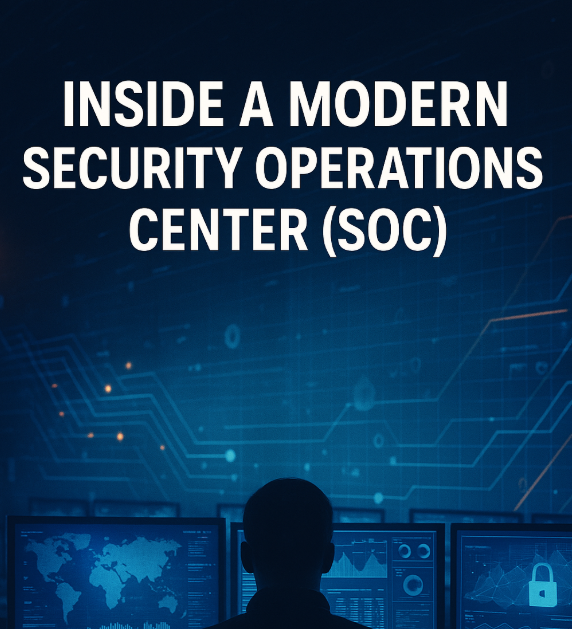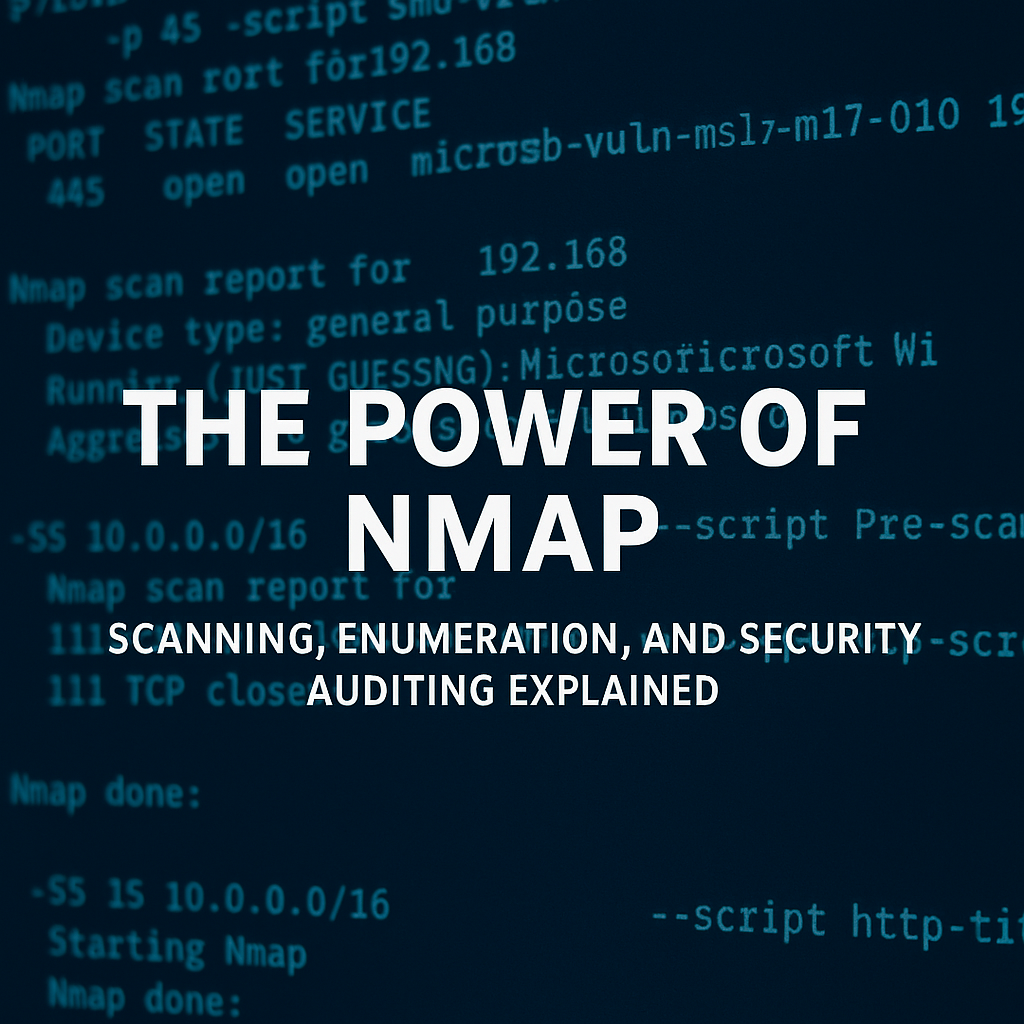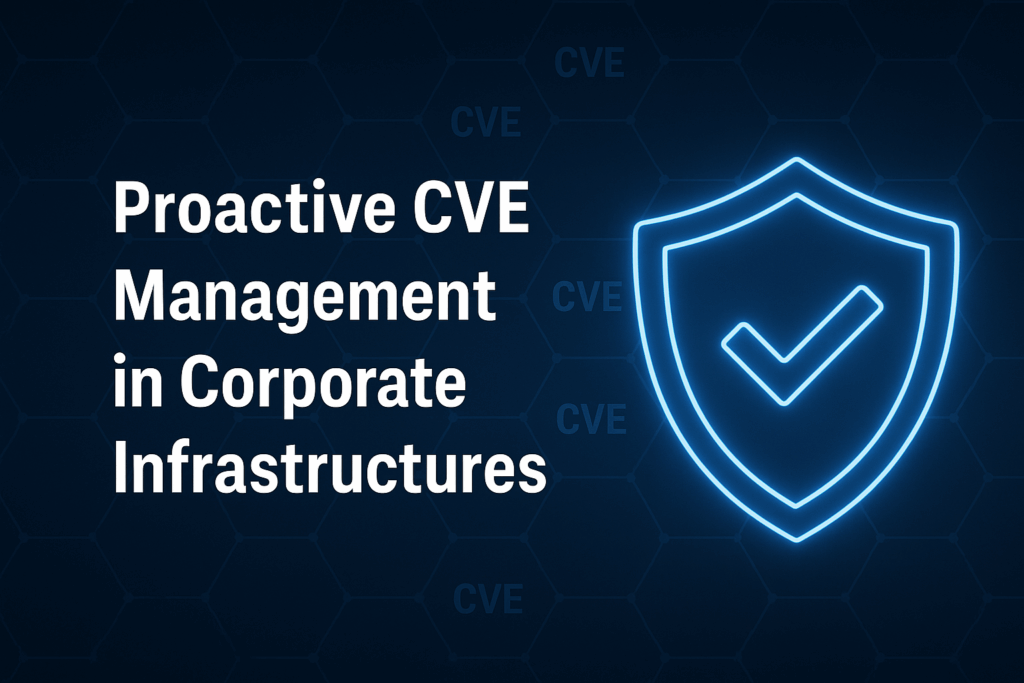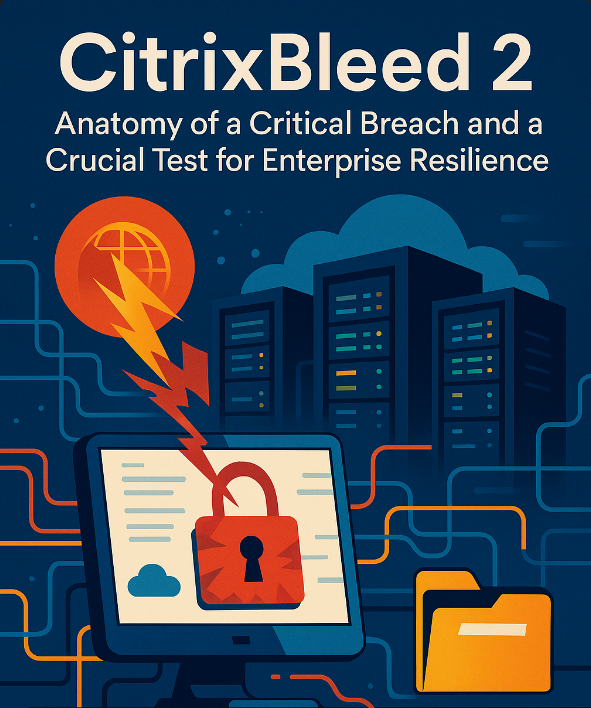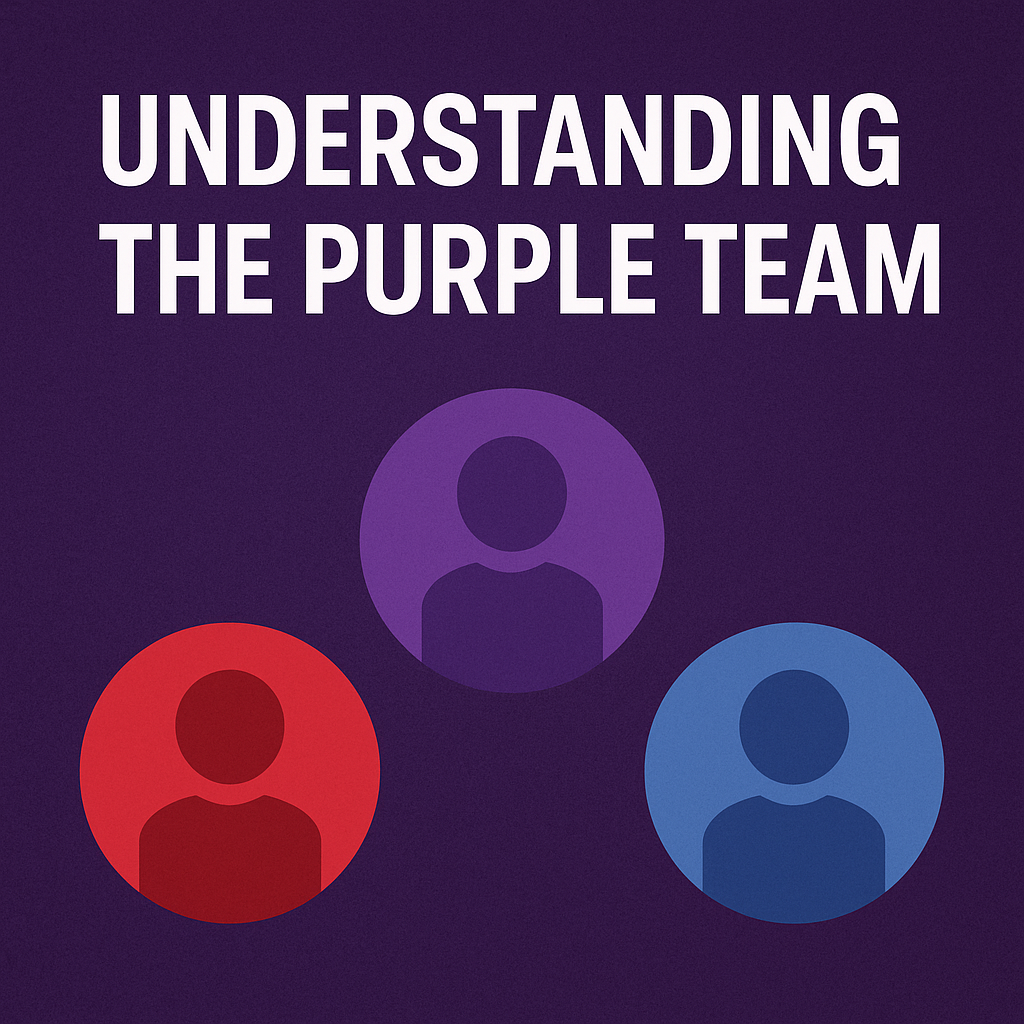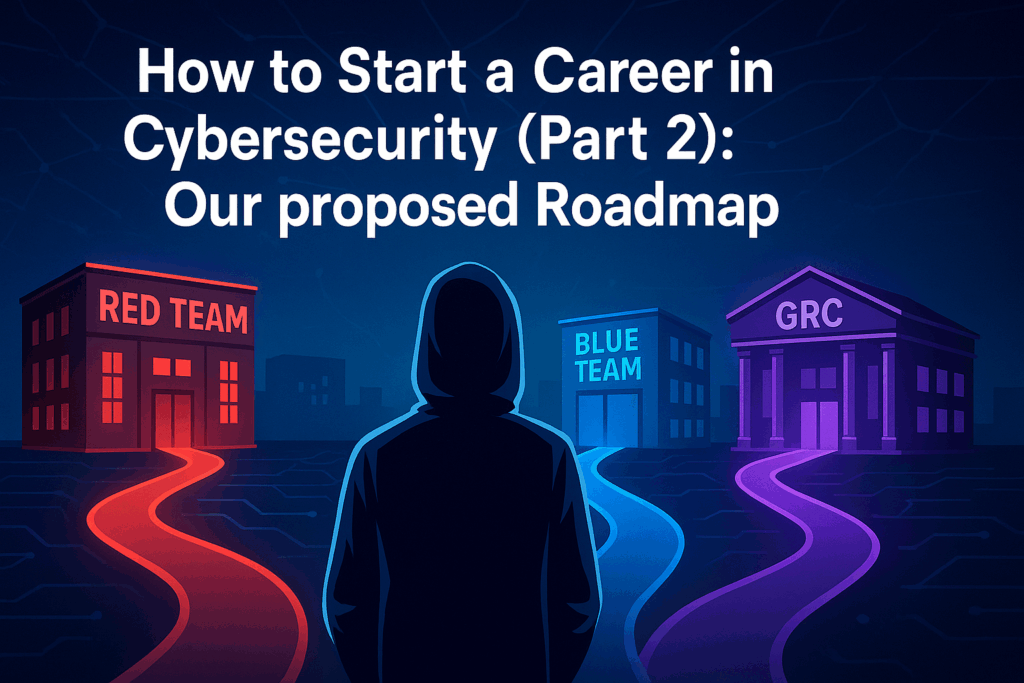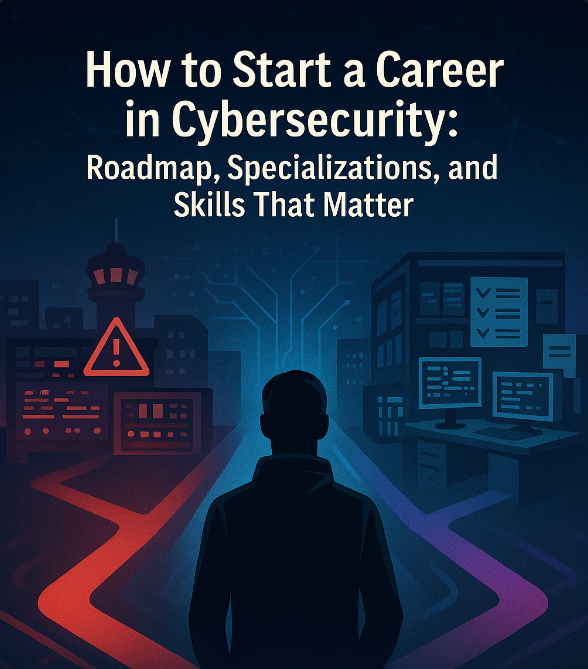Inside a modern Security Operations Center (SOC)
A modern Security Operations Center (SOC) cannot operate in isolation. Its effectiveness relies not only on the technology and analysts it comprises but also on its integration with other organizational areas, particularly with the IT department. Cybersecurity is not a separate layer; it is transversal. It requires a deep understanding of the systems, networks, applications, […]
Inside a modern Security Operations Center (SOC) Read More »

